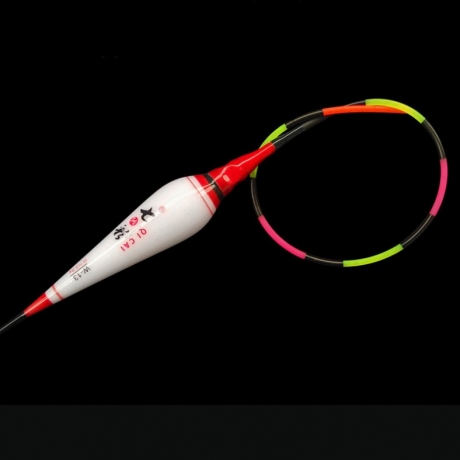What is UN38.3 certification?
UN recommendations on the transport of dangerous goods, manual of tests and standards, section 38.3 - UN38.3 certification.
In order to ensure the safety of air transportation and meet the transportation needs of customers for goods containing lithium battery, according to the relevant provisions of the dangerous goods rules of the International Aviation Association, the operation specification of rechargeable lithium battery, namely the test of UN38.3 (undot), is formulated.
According to the requirements of civil aviation regulations, airlines and airport cargo receiving and transportation departments shall review the transportation documents of lithium battery, and the most important is the UN38.3 safety test report of each type of lithium battery. The report can be provided by a third-party testing agency designated by civil aviation (such as depua testing) or by a battery manufacturer with testing capacity. If this test report cannot be provided, the civil aviation will prohibit the air transportation of lithium battery.
UN38.3 refers to Article 38.3 of Part 3 of the UN Manual of transport tests and standards for dangerous goods specially formulated by the United Nations for the transport of dangerous goods, which requires that lithium batteries must pass the high simulation, high and low temperature cycle, vibration test, impact test, 55 ℃ external short circuit, impact test, overcharge test and forced discharge test before transport, so as to ensure the transport safety of lithium batteries 。 If the lithium battery is not installed together with the equipment, it must also pass the 1.2m free drop test.
UN38.3 certification mark
UN38.3 scope of certified products
1. Various power lithium secondary batteries (such as batteries for power vehicles, batteries for electric road vehicles, batteries for electric tools, batteries for hybrid vehicles, etc.)
2. Various mobile phone batteries (such as lithium-ion batteries, lithium polymer batteries, etc.)
3. Various small secondary batteries (such as laptop batteries, digital camera batteries, camera batteries, various cylindrical batteries, wireless communication batteries, portable DVD batteries, CD and MP3 player batteries, etc.)
4. Various primary batteries (such as lithium manganese battery, etc.)
UN38.3 test items
T.1 height simulation test
T.2 thermal test
T.3 vibration test
T.4 impact test
T.5 external short circuit test
T.6 impact test
T.7 overcharge test
T.8 forced discharge test
Qualification criteria
A.t.1-t.4 no mass loss, no leakage, no exhaust, no disassembly, no rupture, no fire, and the open circuit voltage is not less than 90% before the test
B.t.5 – T.6 surface temperature shall not exceed 170 ℃, no disintegration, no fracture, no fire within 6 hours after test
C.t.7 – t.8 no disassembly or fire within 7 days
Restrictions on packaging requirements and conditions
The lithium battery and lithium battery pack delivered can be transported as non restricted goods (non dangerous goods) if all the following conditions are met. If any of the following conditions cannot be met, the operation shall be in accordance with the requirements of un3090 or un3091 for the collection and transportation of dangerous goods:
(I) restrictions on lithium content
1. For metal lithium or lithium alloy primary batteries, the lithium content shall not exceed 1g; for lithium ion primary batteries, the rated watt hour shall not exceed 20wh.
Note: primary battery is also called battery cell.
2. For metal lithium or lithium alloy batteries, the total lithium content shall not exceed 2G, and for lithium-ion batteries, the rated watt hour shall not exceed 100wh.
Note: the above "lithium content" refers to the amount of lithium metal on the anode of lithium metal or lithium alloy battery.
For metal lithium or lithium alloy primary batteries or batteries, the "lithium equivalent content" in grams is calculated by multiplying 0.3 by ampere hour of rated capacity. For example, if the rated capacity of a mobile phone lithium-ion battery is 800MAH (800MAH), its "lithium equivalent content" is: 0.3x0.8 (ampere hour) = 0.24g.
(II) meet the requirements of UN test
Each type of primary battery and battery shall be tested and proved to meet all requirements of 38.3, Part 3, UN Manual of transport tests and standards for dangerous goods.
(III) packaging requirements
1. Unless it is installed in the equipment (such as mobile phone, camera, walkie talkie, laptop, etc.), the battery and primary battery must be separately packed to prevent short circuit and be packed in a solid outer package.
2. Unless installed in the equipment, if each package contains more than 24 primary batteries or 12 batteries, the following requirements must be met:
1) each package must be marked to indicate the lithium battery contained and the special measures to be taken when the package is damaged.
2) each ticket must be accompanied with documents to explain the lithium battery in the package and the special measures to be taken when the package is damaged.
3) each package must be able to withstand the drop test of 1.2m in any orientation without damaging the battery or cell in the package, without changing the position of the battery in the package, so that the battery and the battery (or the primary battery and the primary battery) contact each other, and no battery leaks from the package.
4) if the battery is transported separately, the gross weight of each package shall not exceed 10kg.
(supplied by Test department of GS test by gmtlight)




